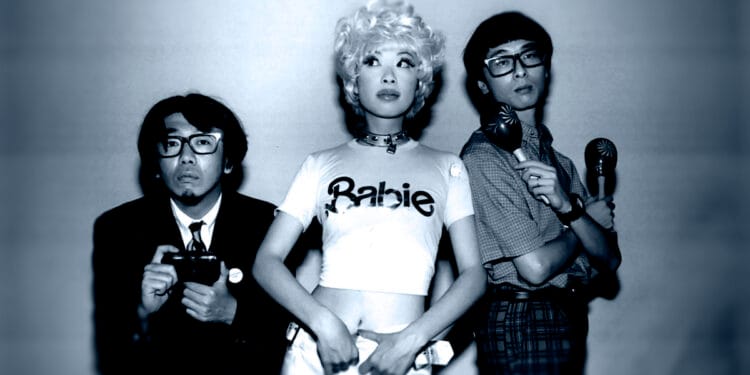No products in the cart.
The Culture of Shibuya-Kei: A Journey Through Japan’s Stylish Music Scene
Introduction
Shibuya-Kei is more than just a music genre; it’s a cultural movement that emerged in Tokyo’s Shibuya district during the late 1980s and 1990s. This scene is known for its eclectic blend of sounds, borrowing elements from 1960s pop, jazz, bossa nova, and electronic music. It was a time when young Japanese artists began exploring Western pop culture, merging it with their unique perspective to create something fresh and sophisticated. The result was a stylish, cosmopolitan music scene that left a lasting impact on Japanese pop culture.
The Origins of Shibuya-Kei
Shibuya-Kei, named after the vibrant Shibuya district, started as a reaction against the mainstream music scene in Japan. In the 1980s, Japanese pop music, or J-Pop, was dominated by polished, commercial sounds. However, a group of musicians and DJs in Shibuya began digging through record stores, collecting rare vinyl from the 1960s and 1970s. They were drawn to the sounds of Western pop, French yé-yé, bossa nova, and lounge music, as well as obscure soundtracks and jazz records. These influences would later define the sound of Shibuya-Kei.
The heart of Shibuya-style was rooted in the desire to create something new and different. Artists in the scene were inspired by the creativity and freedom of Western pop culture, yet they added their own twist, infusing their music with a distinctly Japanese sensibility. This blend of global and local influences created a genre that felt both familiar and exotic.
The Rise of Shibuya-Kei
As the Shibuya-Kei scene grew, it attracted a dedicated following among young, fashionable Tokyoites who were looking for something beyond the mainstream. The music was often associated with the trendy lifestyle of the Shibuya district, known for its chic boutiques, cafes, and record shops. The scene was also closely linked with the fashion and art worlds, with many artists collaborating with designers and illustrators.
The rise of Shibuya-style coincided with the growth of the Japanese indie music scene. Independent record labels like Trattoria, Escalator Records, and Readymade International became key players in promoting Shibuya-Kei artists. These labels gave musicians the freedom to experiment and develop their unique sounds, leading to a wave of creativity that defined the era.
By the mid-1990s, Shibuya-Kei had reached its peak. Artists from the scene were gaining international recognition, and their music was being featured in commercials, movies, and TV shows. The genre’s stylish, retro sound appealed to a global audience, and it wasn’t long before Shibuya-style became a significant cultural export.
The Influence and Legacy of Shibuya-Kei
While the popularity of Shibuya-Kei began to wane in the late 1990s, its influence on Japanese pop culture remains strong. The genre helped pave the way for a new wave of Japanese musicians who continued to experiment with diverse sounds and styles. It also played a role in shaping the aesthetic of modern Japanese pop culture, particularly in fashion, design, and advertising.
Shibuya-Kei’s legacy can be seen in the continued interest in retro and vintage styles in Japan. The genre’s influence is also evident in the global popularity of J-Pop and Japanese indie music, which often incorporates elements of Shibuya-Kei’s eclectic sound.
Top 5 Shibuya-Kei Artists
Here’s a look at five of the most influential artists who defined the Shibuya-Kei movement:
1. Pizzicato Five
Pizzicato Five is perhaps the most iconic group associated with Shibuya-style. Formed in the late 1980s, the duo of Yasuharu Konishi and Maki Nomiya became known for their playful, stylish music that blended 1960s pop, French yé-yé, and bossa nova with a modern twist. Their songs were often upbeat and catchy, featuring quirky lyrics and a sense of fun that captured the spirit of the Shibuya-Kei movement. Pizzicato Five’s influence extended beyond music, as they became style icons in their own right, with their fashion and visuals playing a significant role in their appeal.
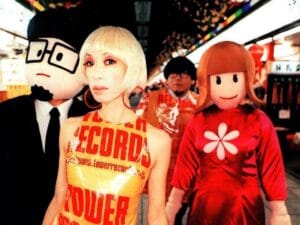
2. Cornelius
Keigo Oyamada, known by his stage name Cornelius, is another key figure in the Shibuya-Kei scene. Cornelius’ music is characterized by its experimental approach, blending rock, electronic, and pop influences into a unique sound. His work often features intricate production, with layered sounds and complex arrangements that push the boundaries of conventional pop music. Cornelius’ albums, such as *Fantasma*, are considered masterpieces of the genre, showcasing his ability to fuse different styles into a cohesive, innovative whole.

3. Flipper’s Guitar
Flipper’s Guitar, led by Keigo Oyamada (Cornelius) and Kenji Ozawa, was one of the pioneering bands of the Shibuya-Kei movement. Their music was heavily influenced by British indie pop and 1960s rock, with jangly guitars, catchy melodies, and a touch of whimsy. Flipper’s Guitar helped set the stage for the Shibuya-Kei scene, with their fresh, youthful sound resonating with the growing number of young people interested in Western pop culture. Although the band was short-lived, their influence on the genre is undeniable.
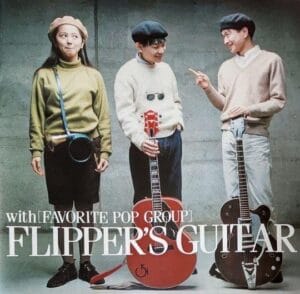
4. Towa Tei
Towa Tei, a DJ and producer, first gained fame as a member of the New York-based group Deee-Lite. After returning to Japan, he became a key figure in the Shibuya-Kei scene, known for his eclectic mixes that drew from house, bossa nova, and electronic music. Towa Tei’s solo work is characterized by its smooth, cosmopolitan sound, often featuring collaborations with international artists. His album *Future Listening!* is a standout example of the Shibuya-Kei style, blending global influences into a seamless, sophisticated sound.
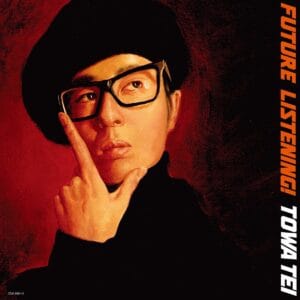
5. Fantastic Plastic Machine
Fantastic Plastic Machine, the project of musician Tomoyuki Tanaka, embodies the stylish, retro-futuristic vibe of Shibuya style. Tanaka’s music draws on a wide range of influences, including lounge, bossa nova, and French pop, creating a sound that is both chic and playful. His work is often characterized by its polished production and attention to detail, with each track carefully crafted to create a specific mood. Fantastic Plastic Machine’s music is the perfect soundtrack for a fashionable, modern lifestyle, capturing the essence of Shibuya-Kei in its purest form.
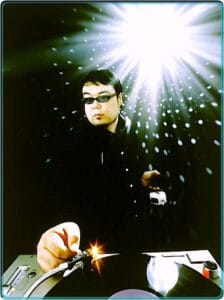
Conclusion
Shibuya-Kei may have had its heyday in the 1990s, but its influence continues to resonate in Japanese music and pop culture. The genre’s blend of global and local influences created a sound that was uniquely Japanese yet universally appealing. Artists like Pizzicato Five, Cornelius, and Flipper’s Guitar helped define the movement, leaving behind a legacy that continues to inspire new generations of musicians and fans alike. Shibuya-Kei remains a testament to the power of creativity and the enduring appeal of stylish, sophisticated music.


